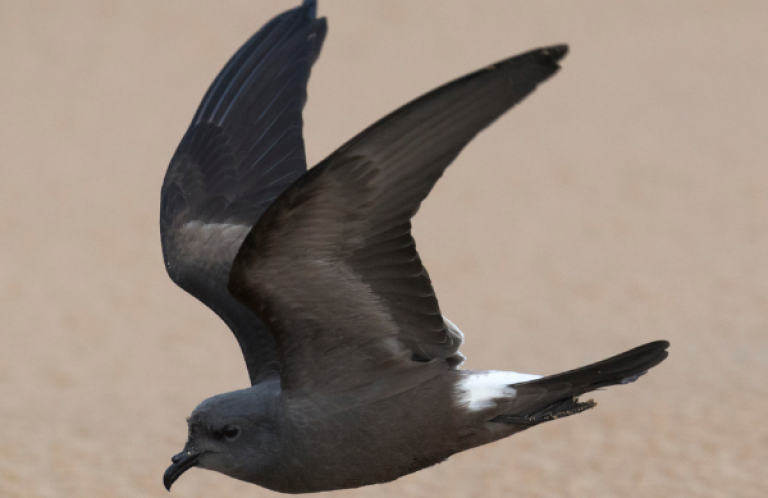Endangered Species Act Rules Put At-risk Birds in Jeopardy
Media Contact: Jordan Rutter, Director of Public Relations, 202-888-7472 | jerutter@abcbirds.org
Expert Contact: Steve Holmer, Vice President of Policy, 202-888-7490 | sholmer@abcbirds.org

The Bald Eagle is one of many species that has recovered thanks to a strong Endangered Species Act. New ESA rules will substantially weaken protections for wildlife. Photo by Stephen Mcsweeny/Shutterstock
(Washington, D.C., August 12, 2019) The U.S. Fish and Wildlife Service today released three new Endangered Species Act (ESA) rules that substantially weaken protections for birds and other wildlife.
“American Bird Conservancy supports a strong ESA,” said Mike Parr, President of American Bird Conservancy. “The Act has proved its ability to recover species, with birds such as Bald Eagle and Brown Pelican serving as a couple of notable examples. It's not in the best interest of wildlife – or the U.S. economy – to weaken the ESA.”
For example, the new rules add economic criteria to the listing process, making it more difficult to protect species on the basis of the best available science. “Just this decade, seven new populations of birds were listed under the ESA. If the decision-making process for these species allowed economic considerations, it is quite possible that some of them – such as the Western Yellow-billed Cuckoo, Red Knot, and Gunnison Sage-Grouse – would not have been granted ESA protection,” said Steve Holmer, ABC's Vice President for Policy.
American Bird Conservancy strongly supports the existing science-based listing process and that economic considerations be addressed during the designation of critical habitat and development of mitigation requirements.
“Wildlife conservation provides billions of dollars in economic value to states and communities across the country,” said Holmer. “Birds and other wildlife are an essential part of our natural heritage and play key roles in maintaining healthy ecosystems. For all these reasons, we believe the existing listing process must be retained.”
Over the past decades, the ESA has worked effectively to recover populations of declining birds. According to a 2016 report published by ABC, 78 percent of mainland birds listed as threatened or endangered under the ESA have populations that are stable, increasing, or have recovered enough to be delisted. (See: The Endangered Species Act: A Record of Success.)
“The ESA has a legacy worth protecting,” said Holmer. “Our wildlife – and the American people – deserve nothing less.”
###
American Bird Conservancy is a nonprofit organization dedicated to conserving birds and their habitats throughout the Americas. With an emphasis on achieving results and working in partnership, we take on the greatest problems facing birds today, innovating and building on rapid advancements in science to halt extinctions, protect habitats, eliminate threats, and build capacity for bird conservation. Find us on abcbirds.org, Facebook, Instagram, and Twitter (@ABCbirds).


















































